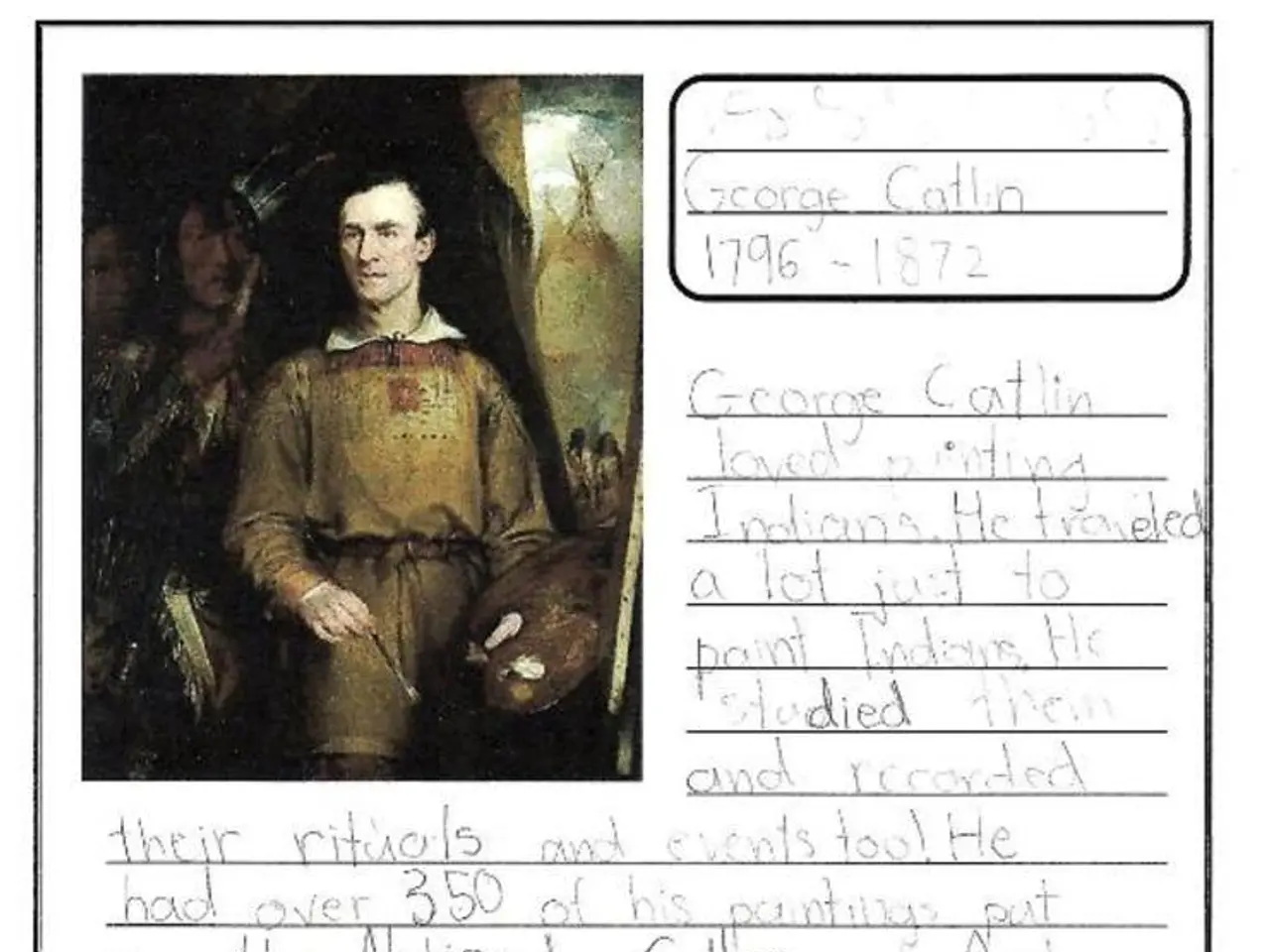Brief Overview of "Ancient Egypt" by Ian Shaw
=====================================================================
Ancient Egypt, a civilization that spanned thousands of years in Northeast Africa, remains one of the most intriguing and enigmatic periods in human history. For those seeking to delve into this fascinating world, Ian Shaw's "Ancient Egypt: A Very Short Introduction" offers a comprehensive yet accessible overview.
This book serves as an excellent starting point for anyone interested in ancient Egyptian history and culture. Shaw navigates through key aspects of Egyptian society, including politics, religion, art, and daily life, providing a well-rounded understanding of the civilization.
The complexities of Egyptian belief systems are explored in depth, with discussions on their gods, afterlife concepts, and funerary practices. One of the most significant elements of Egyptian culture, the cult of Osiris, is based on the myth of Osiris, who was killed by his brother Seth, and his wife Isis recovering his dismembered body and reassembling it. This cult promoted elaborate funerary practices to ensure entrance into the afterlife.
Ancient Egyptian kingship was intertwined with the civilization's cosmological worldview. Shaw sheds light on monumental architecture, particularly the construction and purpose of pyramids and temples. The pyramids, a focal point of wild speculation for centuries, are believed to have been built by the Egyptians themselves, with their unique shape chosen for its structural soundness.
Temples were not just places of worship; their main function was to enable the ritual movement of objects, including offerings to the gods and cult idols. Mummification, an essential part of Egyptian funerary practices, ensured that a mummy could survive for millennia, creating a human package that has fascinated scholars and visitors alike.
Physical appearance probably didn't play a major role in Egyptian identity. Ancient Egypt was racially and physically diverse, as evidenced by recent DNA analyses of over 150 mummies. These analyses revealed a range of genotypes linking them to both Near-Eastern peoples and sub-Saharan Africans.
The book also incorporates recent archaeological discoveries and scholarly debates, providing readers with a balanced and up-to-date understanding of ancient Egypt. Shaw, a research fellow in Egyptian archaeology at the University of Liverpool and one of the foremost authorities on Ancient Egypt working today, has excavated and surveyed numerous archaeological sites in Egypt. He is the author of many other works, including The Oxford History of Ancient Egypt, The British Museum Dictionary of Ancient Egypt, and The Oxford Handbook of Egyptology.
In conclusion, "Ancient Egypt: A Very Short Introduction" offers a captivating journey through the history and culture of one of the most enigmatic civilizations in human history. Its engaging and clear writing style makes it suitable for both casual readers and students, making it an excellent starting point for anyone wanting to learn more about ancient Egypt. The solutions the Egyptians came up with, such as death cults, mummification, and the celebration of the phallus, are so idiosyncratic and foreign to our view of the world that it's easy to imagine Ancient Egypt as an unreal and otherworldly place. However, with this book, the secrets of this ancient civilization are brought to life, providing readers with a deeper understanding and appreciation of this fascinating period in history.
Read also:
- Peptide YY (PYY): Exploring its Role in Appetite Suppression, Intestinal Health, and Cognitive Links
- Toddler Health: Rotavirus Signs, Origins, and Potential Complications
- Digestive issues and heart discomfort: Root causes and associated health conditions
- House Infernos: Deadly Hazards Surpassing the Flames








